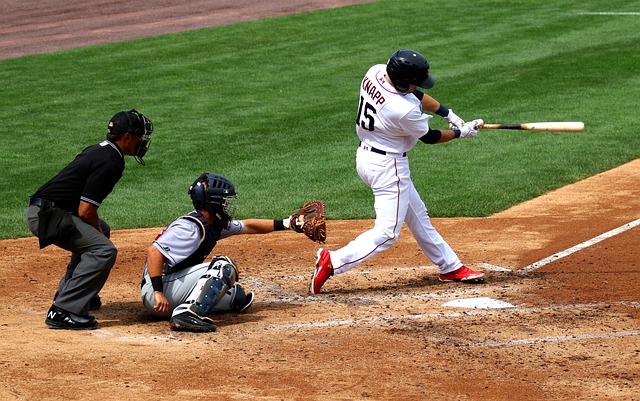After presenting the basic rules of combi betting, we would like to clearly explain how such a betting slip works. The essence of the combined bet is that the more events you bet on, the bigger the multiplier will be – since the multipliers of the individual events are multiplied together, you get the total multiplier of the bet.
However, it should also be kept in mind that with each newly added event, we reduce our own chances of winning. It is therefore worth striving for a perfect balance.
Explanation through a specific example

Let’s see how this works in practice. Let’s say we have five events lined up for that week. These five are the most interesting matches, we know the most from them, so we want to bet on them.
Let’s say that the home team wins in the first match, for which the odds are 4.00. The second match will be over 1.5 goals at 2.00. The third game is a draw, at 3.00. In the fourth match, the home team also wins, at 2.00, while in the fifth match, the away team wins, at 5.00.
How to calculate how much you can win
Thus, the following odds are for the five different events: 4.00; 2.00; 3.00; 2.00; 5.00 We multiply these odds together to get the final multiplier for our ticket. This means that the multiplier is 4 × 2 × 3 × 2 × 5, so the total multiplier for the bet is 240.00. If you bet HUF 1,000, the expected prize is HUF 240,000.
Prize conditions

Enticing numbers, right? Unfortunately, however, this amount will only be ours if all five events occur exactly as we imagined. If even one of our guesses goes wrong, our winnings will be zero and we will lose the bet. So this is the risk of combi betting, which is of course proportional to the huge potential inherent in it. Of course, as we already wrote in the introduction, bookmakers set limits regarding both the bet and the maximum prize.




